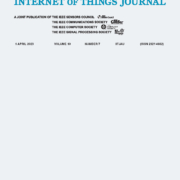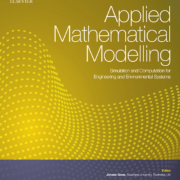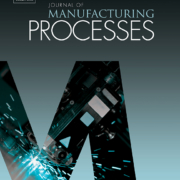Research paper accepted by IEEE Internet of Things Journal
Graph neural networks (GNNs) have transformed network analysis, leading to state-of-the-art performance across a variety of tasks. Especially, GNNs are increasingly been employed as detection tools in the AIoT environment in various security applications. However, GNNs have also been shown vulnerable to adversarial graph perturbation. We present the first approach for certifying robustness of general GNNs against attacks that add or remove graph edges either at training or prediction time. Extensive experiments demonstrate that our approach significantly outperforms prior art in certified robust predictions. In addition, we show that a non-certified adaptation of our method exhibits significantly better robust accuracy against state-of-the-art attacks that past approaches. Thus, we achieve both the best certified bounds and best practical robustness of GNNs to structural attacks to date.
Research paper accepted by Applied Mathematical Modelling
In recent years, multi-agent deep reinforcement learning has progressed rapidly as reflected by its increasing adoptions in industrial applications. This paper proposes a Guided Probabilistic Reinforcement Learning (Guided-PRL) model to tackle maintenance scheduling of multi-component systems in the presence of uncertainty with the goal of minimizing the overall life-cycle cost. The proposed Guided-PRL is deeply rooted in the Actor-Critic (AC) scheme. Since traditional AC falls short in sampling efficiency and suffers from getting stuck in local minima in the context of multi-agent reinforcement learning, it is thus challenging for the actor network to converge to a solution of desirable quality even when the critic network is properly configured. To address these issues, we develop a generic framework to facilitate effective training of the actor network, and the framework consists of environmental reward modeling, degradation formulation, state representation, and policy optimization. The convergence speed of the actor network is significantly improved with a guided sampling scheme for environment exploration by exploiting rules-based domain expert policies. To handle data scarcity, the environmental modeling and policy optimization are approximated with Bayesian models for effective uncertainty quantification. The Guided-PRL model is evaluated using the simulations of a 12-component system as well as GE90 and CFM56 engines. Compared with four alternative deep reinforcement learning schemes, the Guided-PRL lowers life-cycle cost by 34.92% to 88.07%. In comparison with rules-based expert policies, the Guided-PRL decreases the life-cycle cost by 23.26% to 51.36%.
Research paper accepted by Journal of Manufacturing Process
Selective laser melting (SLM) is a commonly used technique in additive manufacturing to produce metal components with complex geometries and high precision. However, the poor process reproducibility and unstable product reliability has hindered its wide adoption in practice. Hence, there is a pressing demand for in-situ quality monitoring and real-time process control. In this paper, a feature-level multi-sensor fusion approach is proposed to combine acoustic emission signals with photodiode signals to realize in-situ quality monitoring for intelligence-driven production of SLM. An off-axial in-situ monitoring system featuring a microphone and a photodiode is developed to capture the process signatures during the building process. According to the 2D porosity and 3D density measurements, the collected acoustic and optical signals are grouped into three categories to indicate the quality of the produced parts. In consideration of the laser scanning information, an approach to transform the 1D signal to 2D image is developed. The converted images are then used to train a convolutional neural network so as to extract and fuse the features derived from the two individual sensors. In comparison with several baseline models, the proposed multi-sensor fusion approach achieves the best performance in quality monitoring.




